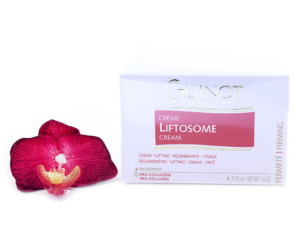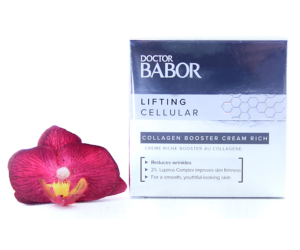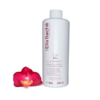Body Care
Facts about calcium
Calcium is a fascinating mineral with a whole host of tasks and relationships in the body. Thanks to the blog at LiveScience, we’ve gather together the following facts based on this nutrient.
Enjoy!
- Lime, or calcium oxide, produces a brilliant, intense light when exposed to an oxyhydrogen flame, according to Chemicool. In the 1800s, before electricity was invented, this substance was used to light up the theater so actors truly performed “in the limelight” — hence the saying.
- When turtles (typically pet turtles) don’t have enough calcium circulating through their blood, they may get an ailment called Metabolic Bone Disease, commonly known as Soft Shell Syndrome. For a turtle to be healthy, the calcium to phosphorous ratio should be 2:1. When their calcium levels are low, however, the mineral is leached from their bones in the body’s attempt to balance things out. The result is soft bones, weakness and a soft, deformed shell, and it often results in death. The disease can be prevented with a proper diet and adequate sunlight (or other appropriate lighting for reptiles).
- Stalactites and stalagmites, the icicle-shaped formations found in underground caverns, are formed slowly over time by the build-up of calcite residue. This occurs when water seeps through the cracks in the ceiling of a limestone cave, dissolving and carrying along traces of calcite, the building material of limestone. As the water drips from the ceiling, this calcite residue begins to build up at the site of the drip, eventually resulting in icicle-shaped stalactites hanging from the cave ceiling. This water dripping from the stalactites then forms stalagmites on the ground below.
- Many nutritionists recommend a calcium-magnesium ratio of 2:1. But although our bodies require more calcium, we are actually more likely to become deficient in magnesium. This is because our bodies tend to store and recycle calcium, while magnesium gets used or excreted and must be replenished on a daily basis.
- Calcium carbonate is the active ingredient in many antacids, such as Tums and Rolaids. The alkaline compound works by neutralizing the stomach acid responsible for heartburn and indigestion.

 Français
Français Русский
Русский
























